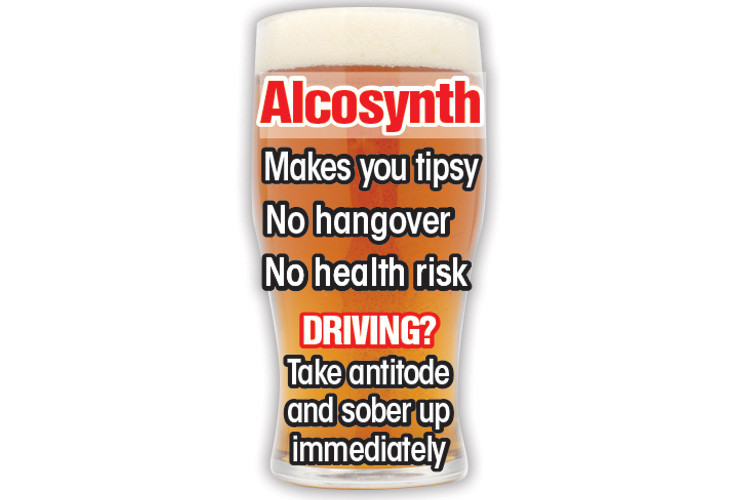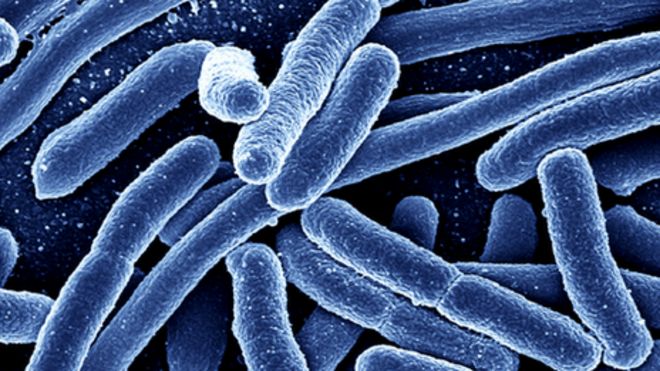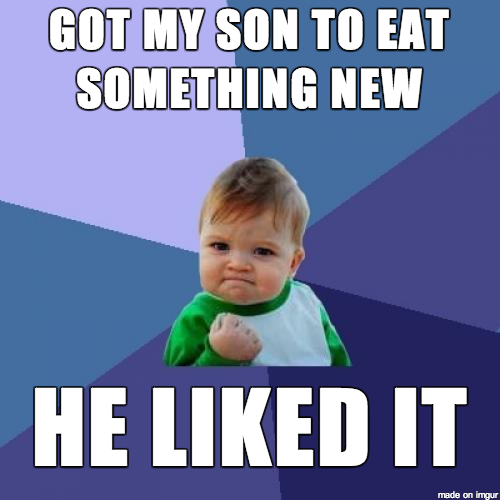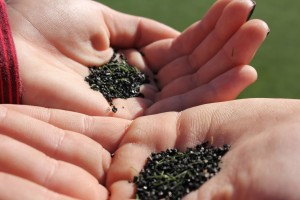We’re one month into college and the plague has already hit. In every lecture hall coughs echo off the walls and I find myself cringing at the symphony of sickness that surrounds me. Although I may not live in East, the plague has still hit my room. The other day I walked down to McLanahan’s for some vitamin C and came face to face with empty shelves where cold relief should have been. Keyword there: relief. I’m a person who would prefer to ride out a cold instead of pumping myself full of drugs that really do little to no good for me. But other people, my dad for example, love to purchase every cold and flu remedy found in a local pharmacy. While I feel as if cold medicine is just a placebo, my dad swears by it. Which leads me to ask my question: Is over-the-counter cold medicine effective or just a head game?
In this situation, I am treating over the counter cold medicine as the putative causal variable and a noticeable improvement in health as the putative response variable. Since an improvement in health could not really cause a person to take more cold medicine, we can rule out reverse causality. However, the placebo effect is a possible third variable in this question. In my opinion, we have two possibilities:
- Taking over the counter cold medicine improves a sick person’s health.
- Taking over the counter cold medicine improves a sick person’s health if they are convinced by the placebo effect.
Luckily, back in 2011 a group of researchers at the NIH were just as interested in cold medicine and its possible placebo effect as me. For their randomized controlled trial, the scientists picked 714 study participants who were currently fighting some form of a cold. These 714 infected people were split into four categories that I have creatively named below in order to keep them all straight (for my own sake).
- The Sufferers: These people were given no relief for their symptoms, simply waiting for their illness to pass.
- The Blind Sheep: This group was blinded to Echinacea, not knowing what kind of over the counter medicine they were receiving, or if it was effective.
- The Extra Blind Sheep: These participants were blinded to placebo, which should not improve their health any more than not ingesting medicine would.
- The Holy Grail: The luckiest group was given open-label Echinacea, meaning they were fully aware of their over the counter medicine consumption.
At the end of the study, researchers recorded the statistics for each sub-category, the most interesting being the average span of the illness for each group. While the group of Sufferers endured their illnesses for a mean of 7.03 days, the Blind Sheep (6.34 days,) the Extra Blind Sheep (6.87 days,) and the Holy Grail (6.76 days) all overcame illness in a relatively similar time-frame. The most notable observation from this data is that the Blind Sheep (those blinded to Echinacea) had the quickest recovery time. Does this mean that patients blinded to actual cold remedies always recover faster than those who know exactly what’s going on? From this study, I honestly think it’s hard to tell. Only 714 people were involved, and although the numbers for participants who took pills (placebo or Echinacea) are in fact lower than those who simply endured, the numbers really didn’t seem substantial enough to prove either of my scenarios more than the other. In fact, the lower numbers for both placebo and Echinacea point to the possibility that both scenarios could be plausible.
A little confused, I turned back to Google and stumbled across this Washington Post article written by Carolyn Y. Johnson that condemns the use of over the counter cold drugs, citing three different case studies as part of her evidence. Two of these studies focused on the decongestant drug phenylephrine, which is an ingredient found in many cold and allergy medicines sold in drugstores. The most recent of the two was completed in 2015 and tested the effectiveness of Phenylephrine hydrochloride versus a placebo. This trial was completely open-label, and 539 participants were randomized into two separate sub-groups. One took increasing dosages of 10, 20, 30, 40mg over the experimental period and the other ingested placebo over the seven days. The biggest data measured was the average change from baseline (the first day) over the whole treatment period, calculated from a daily “score” of nasal congestion.
This trial, much like the first I looked at, saw no startling differences between the placebo treatment and the over the counter treatment. In fact, placebo seems frighteningly similar to over the counter drugs in its effectiveness. If this is the case, why are ineffective decongestants still available to purchase on shelves? Johnson believes this is due to the revenue brought in from upper respiratory medicines. In 2015 alone, sales of these ailments to the population came out to be around 1.1 billion dollars (Consumer Healthcare Products Association.)
Circling back to my original question, I feel as if the second scenario is the plausible answer. While others could argue that the over the counter medicine used in both studies I’ve cited did in fact alleviate and improve the cold symptoms of sick people, I can assert that those who took placebo improved at almost the same rate as those who had actual drugs. Neither of the studies analyzed whether its participants that were given actual medicine believed in the placebo effect, so how can we be sure that they didn’t just improve because they have faith in the power of medicine?
So, SC200, my question to you is this: Are you one to take over the counter cold medicine? Do you find it to be effective? If so, have your feelings changed after reading this? In all honesty, mine haven’t. I still won’t be wasting my money on medicine that doesn’t help, but then again, I’ve always gotten by as one of The Sufferers.































 more quickly then almost any grass field. However, recently, a disadvantage may have been
more quickly then almost any grass field. However, recently, a disadvantage may have been 